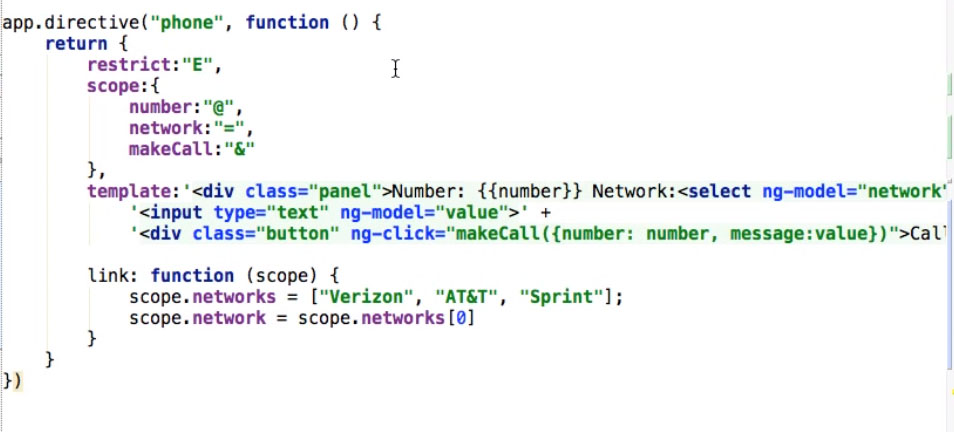
Seals the given object, preventing any new properties from being added or existing properties from being deleted. Returns true if the given object is frozen, false otherwise.Ĭonst isFrozen = Object.isFrozen(objInstance)

Returns an array of key-value pairs for all enumerable properties of the given object.Ĭonst entries = Object.entries(objInstance) įreezes the given object, preventing any new properties from being added or existing properties from being changed. Returns an array of the values of all enumerable properties of the given object.Ĭonst values = Object.values(objInstance) Returns an array of the names of all enumerable properties of the given object. Here's an example: function Dog(name, breed), obj1, obj2, obj3) When a constructor function is invoked using the new keyword, it creates a new object and sets its prototype to the constructor function's prototype property. These functions follow the convention of starting with an uppercase letter. In JavaScript, you can create objects using constructor functions. This will be your first step towards mastering JavaScript prototypes and leveraging their full potential. Creating and Modifying JavaScript Prototypes: The BasicsĪlright, now that we've laid the foundation by understanding objects and prototypes in JavaScript, let's dive into the basics of creating and modifying prototypes.

For more information, read our affiliate disclosure. If you click an affiliate link and subsequently make a purchase, we will earn a small commission at no additional cost to you (you pay nothing extra). Important disclosure: we're proud affiliates of some tools mentioned in this guide. Common Pitfalls and Best Practices with JavaScript Prototypes.JavaScript Prototype Methods: Enhancing Object Functionality.Prototype Chains: Delving into the World of Inheritance.Creating and Modifying JavaScript Prototypes: The Basics.But don't worry, we'll break it all down together, and by the end of this article, you'll be a pro at using prototypes to enhance your JavaScript code.


It's a unique approach compared to the more traditional class-based inheritance seen in languages like Java or C#. So, what's the deal with prototypes? You see, JavaScript is a prototype-based language, which means it uses prototypes to share properties and methods across objects. Why did the JavaScript developer include a prototype in their stand-up routine?īecause they wanted to inherit some laughs!


 0 kommentar(er)
0 kommentar(er)
